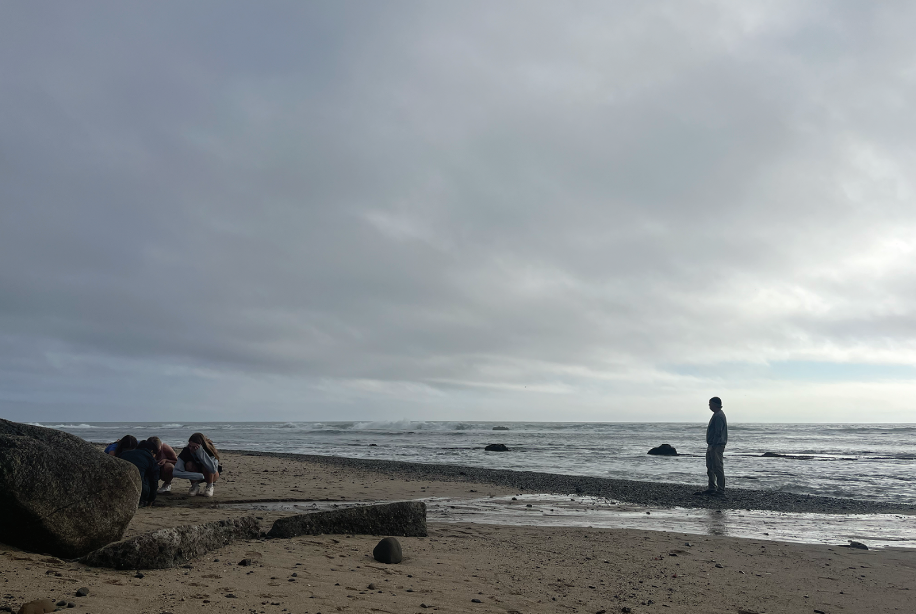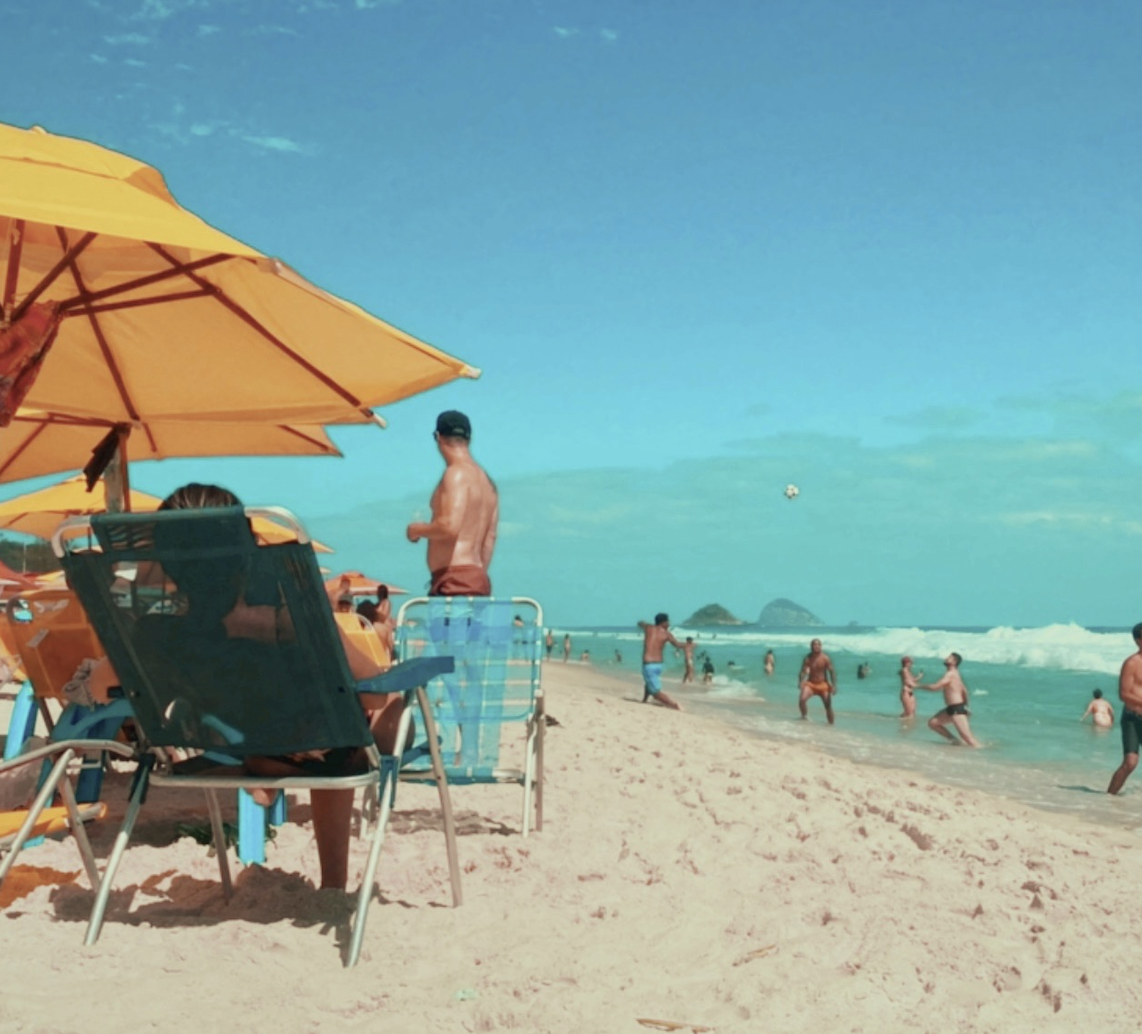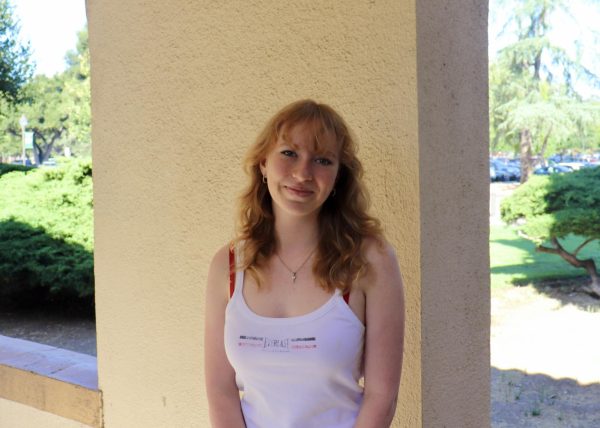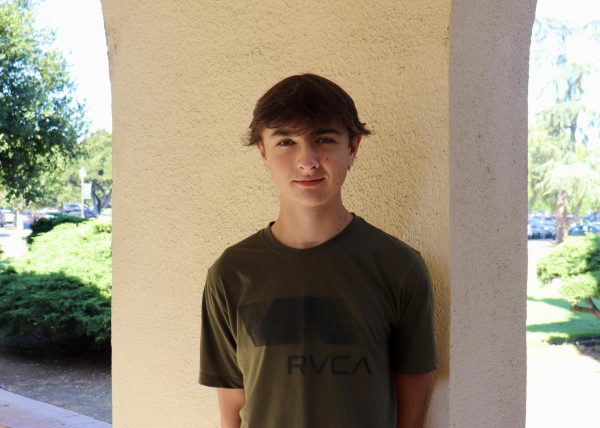As vacant beaches become crowded tourist attractions, many love to comb through the warm sand and cool water for shells and rocks to take home.
Taking home beach souvenirs started as a fairly harmless, fun task, but in recent years, over-consumption of the shells has brought the true impact of the gathering into question.
In 2015, a study published in PLoS One was conducted on the subject after a mass disappearance of marine life on an Iberian Beach. They took two sets of monthly surveys spanning three years, around 30 years apart, and noticed an extreme drop in shells and marine life. The factor that followed this trend perfectly? Tourism.
After a collection of similar studies was released, the connection was undeniable.
Greg Finklestein, a Naturalist for the Pacific Beach Coalition, has been working to educate people on the subject of over-collecting shells for years.
“There are times where animals re-purpose those shells,” Finkelstein said. “There are other times where even if the shells aren’t being occupied, they may still have creatures living on them like algaes.”
People who are frequent shell collectors may believe they’re just taking surplus but accidentally bring a ten-legged friend home with them–a mistake that is made more times than not.
It’s not just the shells whose disappearance is noticed–seemingly smaller parts of the beach are also missed when they’re taken.
“The seaweed is part of the ecosystem here,” Finkelstein said. “We could never run out of seaweed, but it needs to be at the right place at the right time.”
Finkelstein explained that he encountered a woman taking home pounds of seaweed for decorations, and quickly ran to stop her.
“Basically what happens is flies and other bugs live and lay their eggs inside the kelp on the shore,” Finkelstein said. “Native birds and migratory birds find their source of food in kelp fly larva.”
When the seaweed or kelp is removed, the birds lose their source of food, as well as their instinctual marker on where to rest. While most species have learned to adapt to long flights with extreme endurance, losing all kinds of landing ground entirely can be detrimental.
“It’s like working all day and coming home to someone chasing you around your house,” Finkelstein said.
The dangerous environmental effects of collecting shells are not primarily caused by an individual taking a single shell home with them.
“As long as [collecting] is not causing direct harm, it’s ok,” Finkelstein said.
The real trouble lies with the companies mass-producing shell jewelry and polished minerals, who comb through hundreds of thousands of pounds of material and rip entire ecosystems of marine life from their places.
Coastal cities like Kanyakumari in southern India are especially targeted by companies selling seashell souvenirs, who have little regard for life on beaches, taking heaps of shells with living creatures still inside.
The negative effects of tourism and shell companies go further than the mass removal of beach products. Beaches across the world are constantly battling against loads of debris and trash, threatening the very source of life for wildlife species.
Hannah Nusser, former president of the Surfrider Club at Gunn High School, has worked to spread awareness about human impacts on beaches and aims to increase local participation in coastal beach clean-ups.
 “My main goal was increasing club attendance which would lead to an increase of awareness and cleanup attendances,” Nusser said. “The larger the group of students attending meetings, the larger the impact the Surfrider Club could have.”
“My main goal was increasing club attendance which would lead to an increase of awareness and cleanup attendances,” Nusser said. “The larger the group of students attending meetings, the larger the impact the Surfrider Club could have.”
The Surfrider Foundation is a worldwide organization committed to the protection and enjoyment of our oceans and beaches. Despite their universal reach, their efforts still only stretch so far, with the majority population disregarding their opportunities and, often unknowingly, actually working against them.
“The Surfrider Foundation does its best in cleaning local bodies of water, with so many different chapters around the country, but there is only so much you can do when the true problem is overconsumption and single use products,” Nusser said.
Although beach wildlife disruption is an overwhelming, seemingly unstoppable problem, there are always actions we can take to promote healthy living in natural environments.
“Most high schools in the Bay Area have a Surfrider Club which I highly recommend high school students look into,” Nusser said. “This is a really easy way to get involved in your local community and make an impact.”
On the Paly campus, the Beach Clean Up Club is an easy way to get involved in the preservation.
Run by co-presidents and Paly seniors Alessandra Chandler and Kali Ressi di Cervia, the club makes monthly trips to local beaches and baylands, picking up hundreds of pounds of trash and keeping our coasts healthy.
“Because we are in such a beachy state, a lot of pollution gets dumped in [the ocean],” Chandler said. “I think awareness is very important.”
If monthly commitments like the Beach Clean Up Club or Surfrider Foundation seem unattainable, there are other ways one can make a positive impact on our beaches without a large impact on their day-to-day lives. At times, this can even be the most effective solution.
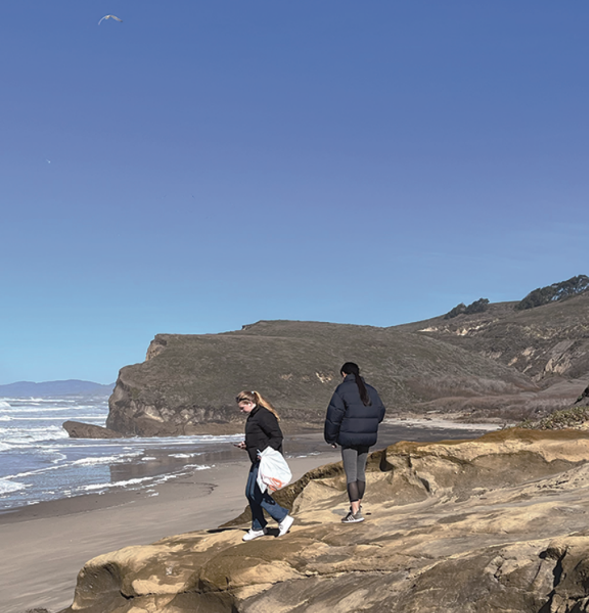
“Living a more sustainable lifestyle is a way to tackle the source of the issue of ocean and marine life pollution,” Nusser said. “This can include opting for reusable products, donating clothes and products, and shopping secondhand.”
Whether it be leaving the shells on beaches or keeping track of what you use on and off the sand, there are millions of proactive and subtle ways one can be more respectful to our coastal utopias.
“I think it’s important for people to be able to have a connection to the ocean,” Finkelstein said. “Because if you don’t get people to care about it, no one’s going to protect it.”


